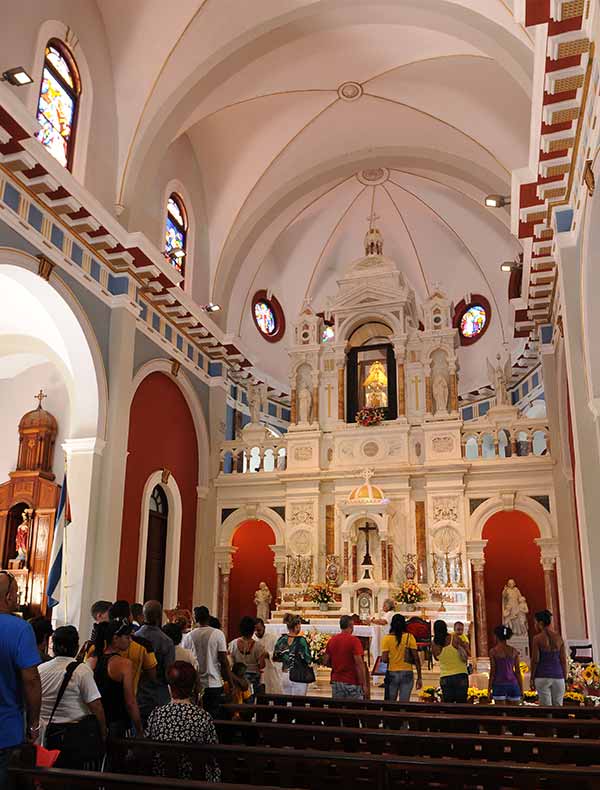
Santiago de Cuba
Holiday Destinations / North America and Caribbean / Cuba / Travel Guide / Santiago de Cuba
Santiago de Cuba
Santiago de Cuba is Cuba’s second largest city. British Travel Journalist Claire Boobbyer characterises Santiago de Cuba as “vibrant, tropical, and often sweltering (…) Cuba’s liveliest cultural showpiece outside of Havana”.

Santiago de Cuba is a fiercely independent city known as the epicentre of many of the historical turning points and cultural movements that make of Cuba such a fascinating place to visit, including:
Santiago de Cuba is closer to Haiti than to Havana. The city shows strong Caribbean features, perhaps more than anywhere else in Cuba. Haitian immigration escaping conflicts in the neighbouring island settled here and contributed significantly to the strong Afro-Cuban feel that makes Santiago such a unique Cuban city.
From music to traditions and religious practices Santiago de Cuba is quintessentially Afro-Cuban. And the lingering Spanish and Latin influences make for a very interesting, energising mix.
Santiago de Cuba is the final resting place of Jose Marti, known to Cubans as the “National Hero”, a 19th century poet and writer precursor or libertarian ideals that lead to the wars of independence from Spain, and organiser of the Cuban political party that brought together the divided forces fighting for independence from Spain. It is also the final resting place of Fidel Castro.
Further Readings
More Holiday Destinations
- South Africa
- French Polynesia
- Cambodia
- Vietnam
- Costa Rica
- Cuba
- Tanzania and Zanzibar
- Jordan
- Australia
- New Zealand
- US Southern States
- Ecuador
- Peru
- Brazil
- Argentina & Uruguay
- Iceland
- Japan
- Bali
- Canada & Alaska
- Western Canada
- Eastern Canada
- Turkey
- UAE Dubai & Abu Dhabi
- Mauritius
- Seychelles
- Maldives
- United States of America
- Western USA
- United Kingdom
- Greece
- Spain
- Portugal
- India
- Cyprus
- Sri Lanka
- USA Route 66










